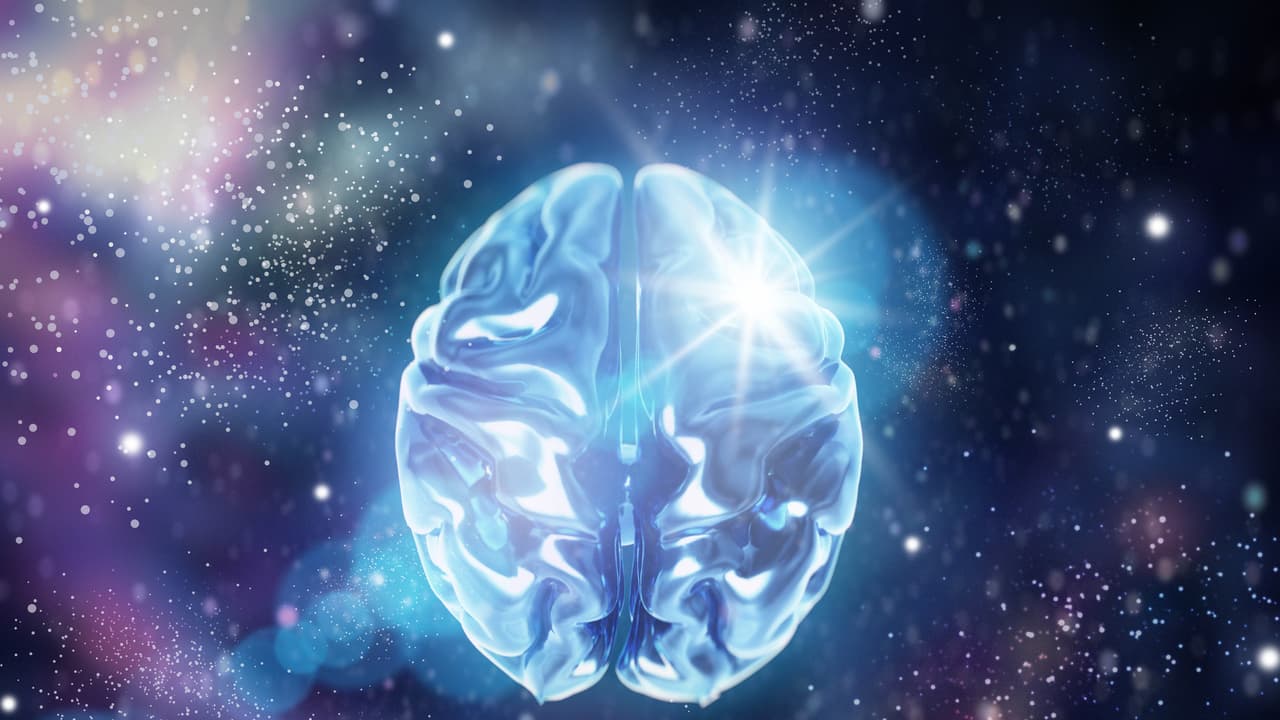A physicist claims consciousness is a universal field rather than a product of the brain, suggesting it may explain near-death experiences and telepathy. Scientists remain skeptical, stressing the idea is unproven and requires rigorous testing.
A Swedish physicist has proposed a provocative new theory that places consciousness at the very foundation of the universe — a claim that, if correct, could radically reshape scientific thinking on near-death experiences, telepathy and even the nature of life after death.
Professor Maria Strømme, a nanotechnology researcher at Uppsala University, argues that consciousness may not arise from the brain at all. Instead, she suggests it exists as a universal field — a basic “building block” comparable to the quantum fields thought to underpin matter and energy.
Speaking to the Daily Mail, Strømme said the idea that consciousness is fundamental has been “under-explored” but is gaining traction as science confronts questions the brain alone cannot fully explain.
Her model suggests that individual awareness is not created by neurons but is a temporary pattern within an underlying consciousness field — a configuration that dissolves when a person dies, returning to the larger whole. The analogy, she says, is a wave on the ocean: it rises and falls, but the water remains.
The theory has sparked public fascination, but researchers caution that the claims are highly speculative, untested and challenge decades of evidence showing that consciousness is tightly coupled to brain activity.
A Radical Departure From Mainstream Neuroscience
In conventional science, consciousness is understood as an emergent property of biological processes within the brain. Activity in neural networks produces perception, memory, emotion and self-awareness — a relationship supported by hundreds of studies linking brain damage, anaesthesia and electrical activity to specific changes in consciousness.
Strømme’s idea stands in stark contrast. Drawing parallels with quantum field theory, she suggests there may be a field of consciousness permeating all of space, from which individual minds arise as localised disturbances.
Under this view, the boundaries between minds are not fundamental. Phenomena such as telepathy, visions reported during near-death experiences, or intuitive flashes could be explained, she argues, as moments when individual consciousness interacts more directly with the universal field.
The physicist likens this to quantum experiments, including the famous Schrödinger’s cat thought experiment, in which observation appears to influence physical outcomes. If consciousness is part of the universe’s underlying structure, she says, it may play a more active role in the physical world than mainstream physics currently accepts.
But scientists emphasise that the observational effects described in quantum mechanics occur at subatomic scales and do not require a conscious observer — only measurement, which can be performed by any interacting particle or device.
“There is no empirical evidence that consciousness affects quantum states or exists independently of the brain,” said one cognitive neuroscientist not involved with Strømme’s work. “The claims are intriguing philosophically, but they fall outside the scope of established science.”
Near-Death Experiences: Insight or Interpretation?
Strømme’s model also attempts to account for the striking visions reported during near-death experiences (NDEs). These can include encounters with loved ones, bright lights, tunnels, religious figures or vivid landscapes.
She suggests such experiences might reflect “atypical access” to the consciousness field when brain function is impaired — such as during cardiac arrest or extreme trauma.
However, medical researchers studying NDEs typically offer biological explanations. Reduced oxygen, changes in brain chemistry, surges of activity in dying neurons and cultural expectations all influence what people report. Recent studies show that measurable brain activity can persist even after patients lose consciousness, offering potential physiological mechanisms for vivid experiences.
While the subjective reports are undeniably powerful, scientists note there is no evidence that they reflect access to an external or universal consciousness.
Testing the Theory — and Its Scientific Hurdles
Strømme acknowledges that the theory is unproven but argues it is testable. She predicts that if consciousness is fundamental, brain scans of people in deep meditation or heightened emotional attunement may show synchronisation across individuals — a sign of shared access to the same field.
Some early studies have reported intriguing correlations, but none have been replicated at the scale or rigor required to shift scientific consensus.
Skeptics caution that extraordinary claims require extraordinary evidence. Many aspects of the theory — including telepathy, non-local information transfer, or consciousness persisting after death — lack reliable empirical support and would require rewriting major sections of physics and neuroscience.
Still, supporters argue that exploring such models can help broaden scientific inquiry into consciousness, an area still filled with unanswered questions.
A Debate That Continues to Evolve
Strømme’s proposal taps into a longstanding philosophical and scientific debate: is consciousness something the brain does, or something the universe is? While her theory is far from accepted, it highlights growing interest in interdisciplinary approaches that challenge traditional boundaries between physics, neuroscience and philosophy.
For now, the universal consciousness model remains hypothetical — captivating to some, contentious to many, and awaiting rigorous evidence before it can enter mainstream science.
